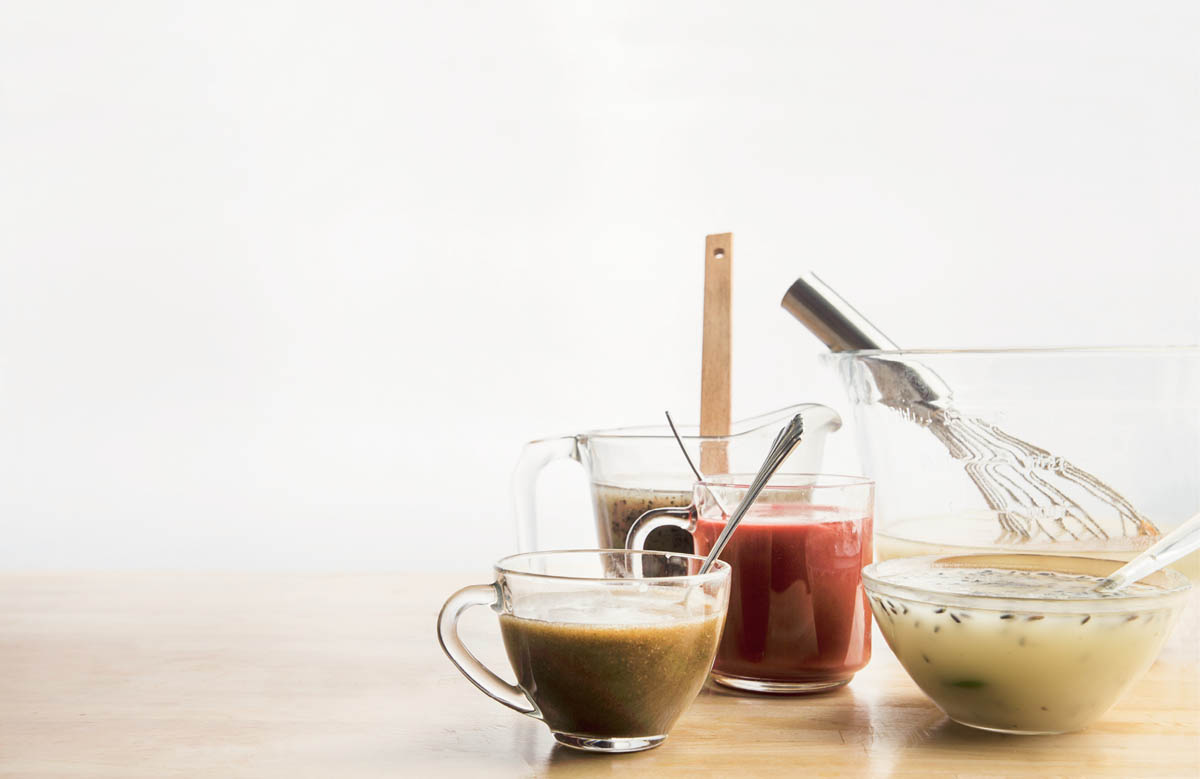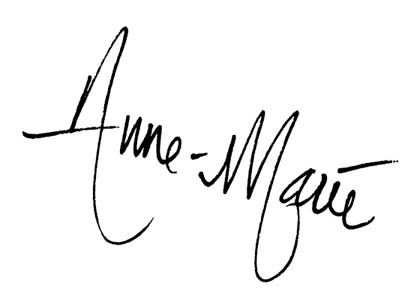
I have always been a crafty girl — rubber stamping, decoupage, or knitting, I love anything and everything DIY. When I was 16 years old, I purchased around $40 of really cool glycerin soap. When I got it home, I looked at it and thought, “Huh! I can make this!”
I set about backward engineering the soap. I could find only one book on making soap. AOL and dial-up were still the main ways to access the Internet, and there were no blogs, chat forums, or soapmaking support groups. The founders of YouTube were barely out of middle school.

Figuring out how to make soap both energized and absolutely frustrated me. My first five batches were failures. But I persevered and finally came up with a soap that not only looked okay, but smelled decent too. I grew up in a small town, and the local electric store was the de facto place to buy gifts (really — they had a bridal registry). I took my basket of soaps to them and asked to sell them my wares. Much to my delight, they started selling my soap.
The local gym soon followed, and my high school years were spent selling soap, breeding and selling Russian Dwarf Hamsters, and playing piano for a ballet studio. It was an eclectic mix of entrepreneurial endeavors but it was fun, and soap was just the creative outlet I needed.
I sold soap throughout college, and when it came time to admit that my chosen profession as a correctional officer was not a good fit, making soap and teaching others to make it was a natural next step. After 20 years, I still love everything about making soap.
I can almost guarantee that once you start using handcrafted soap, you won’t go back to using the commercially manufactured kind that has detergent (which potentially strips your skin of essential moisture) as the main cleaning ingredient. When you make soap from scratch, you can select the best oils, the most luxurious butters, and the purest colorants. You can choose ingredients based on things that are important to you.
Love coconut milk? There’s a soap formulation for that! Are you a moose hunter from Alaska? You can make soap with moose fat! Want to make a bright blue, pear-fragranced hand soap shaped like a butterfly? Not a problem!
You can add many different specialty ingredients to customize soaps for yourself, your family and friends, and your clients. If you know people with sensitive skin, you can formulate a soap just for them. If you can’t stand animal products in soap, you can create soaps without animal products. If you want all of your soap to contain oatmeal, you can easily design recipes around oatmeal.
In addition to being practical, soapmaking is an art form. Whatever shape, size, color, or fragrance you can dream up, you can make a soap to match. Soapmaking involves most of the senses — smell, touch, sight, and sound (most of us will likely avoid the fifth sense, taste). Unlike art that sits on a wall, your handcrafted creations can be used daily. Not only will your soap wash away dirt, but its artistic nature will nourish your soul at the same time.
My favorite reason to make handcrafted soap? It’s fun! Soapmaking is a delightful hobby and makes a fantastic springboard for a small business. (Who doesn’t love receiving soap as a gift?) It’s a great creative outlet for anyone who enjoys colors, fragrances, and alchemy — the process of transforming something common into something special.
Thank you for investing the time to read my book. I hope that you find it inspiring and that it enables you to make perfect soap, each and every time.
Happy soaping!

P.S. If you can’t get enough soap and soap projects, check out www.soapqueen.com, where I blog almost daily about soap, business, and family. And look for Soap Queen.TV on YouTube — I post new soapmaking videos almost every month!